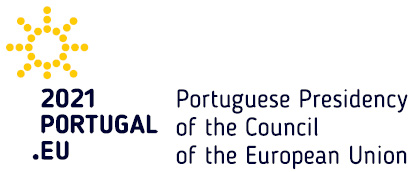This is the first part of a total EUR 500 million credit lines (“Apex loan”) aimed at sustaining the Country’s economic recovery and helping the path of Serbia towards integration with the European Union.
Browsing: Project Activities
In Ormanica near Srebrenik, Eco camp Tuzla 2014 took place within the Cross-border Cooperation Programme Serbia – Bosnia and Herzegovina, and 27 high school students from Uzice and Tuzla participated in it.
At a key moment in the history of European Construction and ahead of the European elections next May, the European Commission, in partnership with the United Nations, is launching a video competition on the theme of the European project and the support of its citizens for this project.
Thanks to the European Union, U.S., UNHCR and OSCE, which donated funds, 27,000 refugee and displaced families with 74, 000 members will receive a flat, house or building material under the Regional Housing Programme.
New women entrepreneurs from Novi Pazar, Raska, Leskovac, Prokuplje, Surdulica, Blace and Vranje will launch their own businesses and receive equipment worth € 32,915, by the end of March 2014.
From 1 to 31 January share your photos from travel through the countries of the European Union on the Instagram network, and in February the best three photos will be voted and their authors will get cameras.
Mentioning that 2013 have been a very important year for Serbia and that great progress has been achieved, Ambassador Michael Davenport emphasised that one of the most important messages from today`s report of the EU Commissioner for Enlargement Štefan Füle is that there is confidence in the EU enlargement policy.
16.10.2013. | Time: 14:30 | Terazije 3/I Speaker: H.E. Ambassador Michael Davenport, Head of EU Delegation to Serbia

The wood industry in Serbia has great potential for development. The country has a plentiful supply of high quality raw base materials and a pool of workers skilled in processing wood to form finished wood products, furniture and paper. In recent years, however, this sector of the country’s economy has been hampered by outdated equipment, scattered resources and a lack of expertise in the latest sector-specific skills, such as computer-aided design and manufacturing and coating.

Serbian prisons suffer from serious overcrowding. According to 2011 data from the country’s Administration for Execution of Penitentiary Sanctions (AEPS), its prisons house approximately 11,000 detainees, nearly 5,000 more inmates that they can officially collectively accommodate. The prison population has been growing steadily since the 1990s and this growth looks unlikely to abate in the near future. The overcrowding has meant that many educational programmes for prisoners have been cut and their prospects for finding work upon release significantly reduced. This leads to increased re-offending among detainees, and the continued over-population of prisons.



